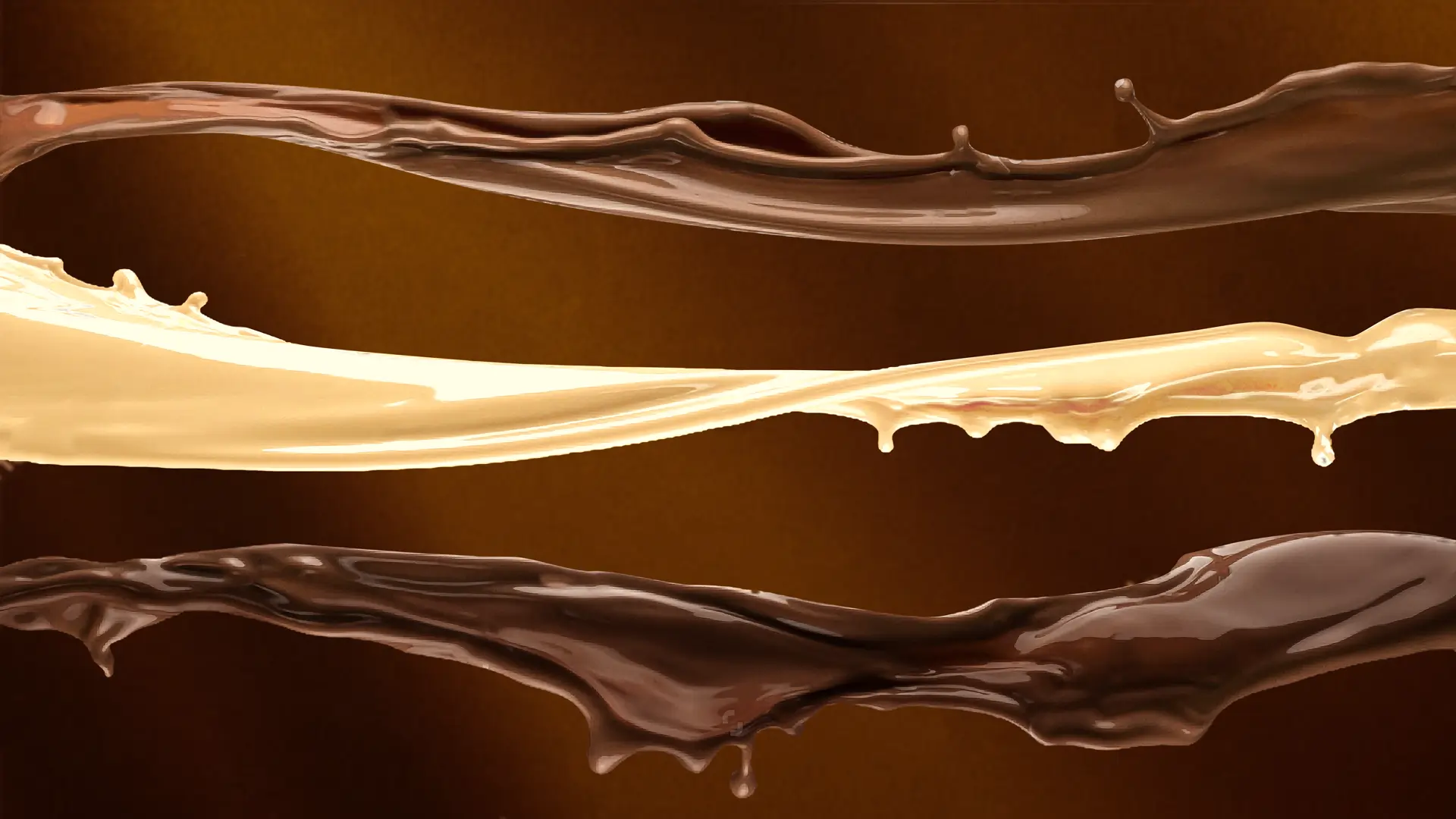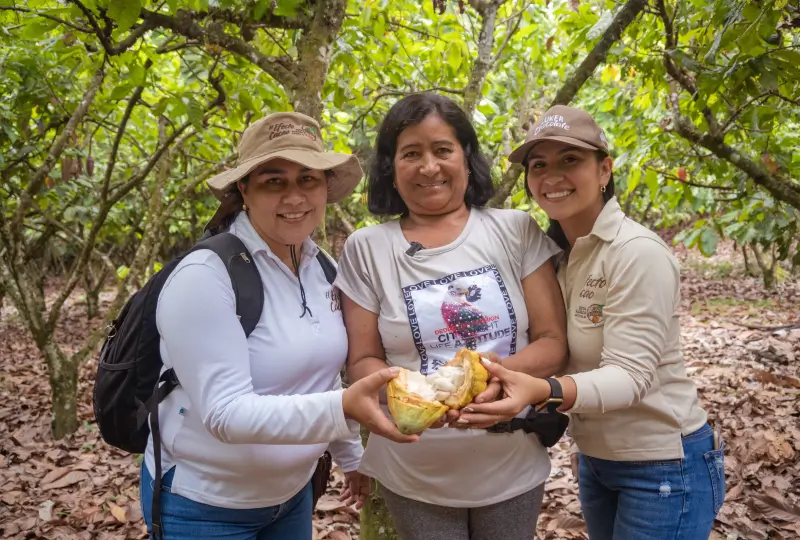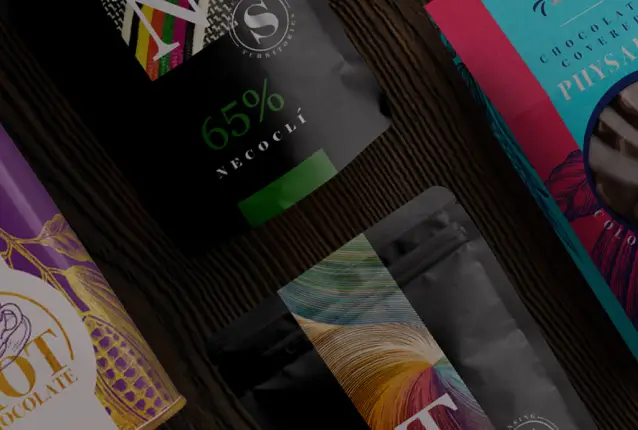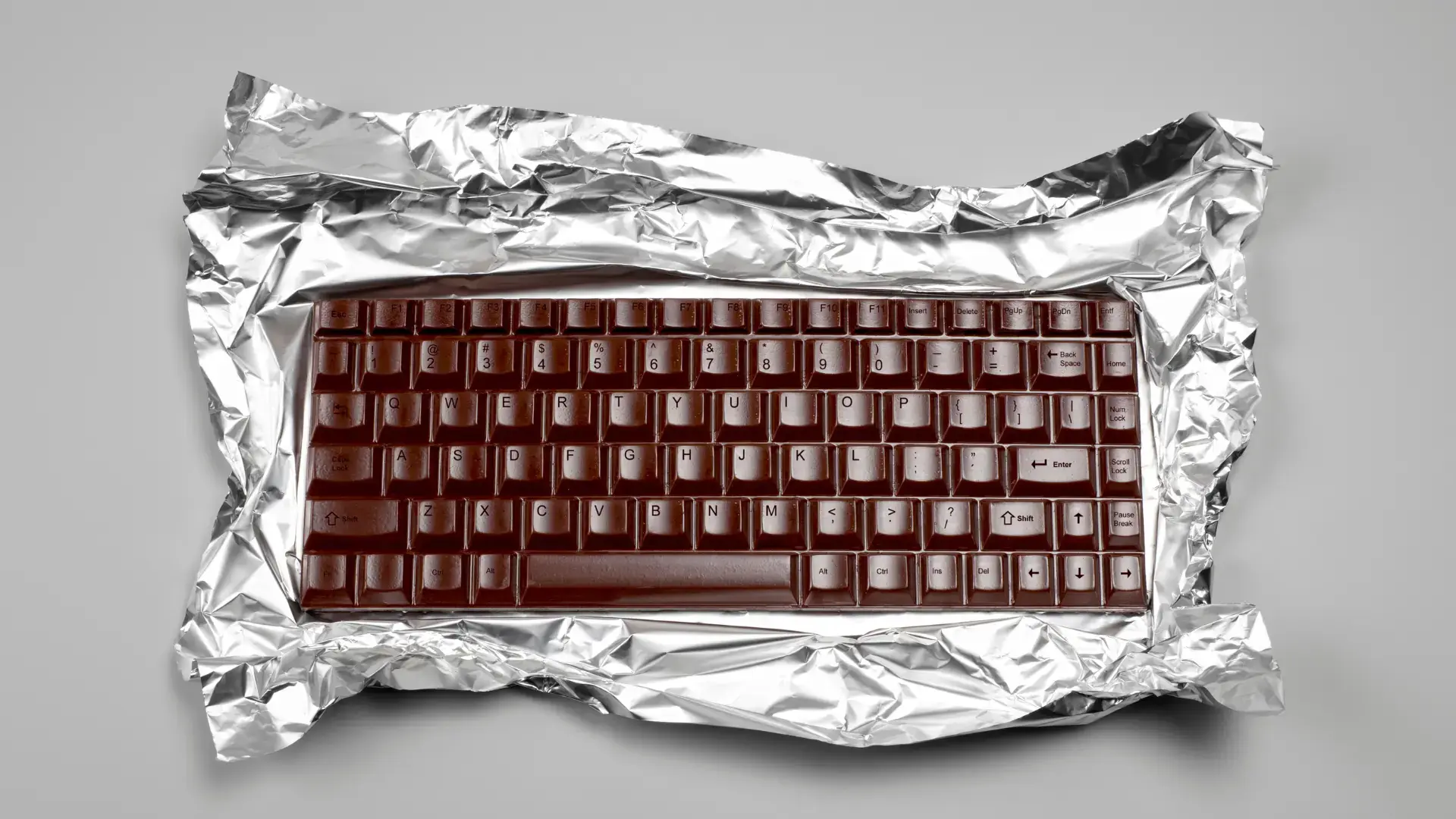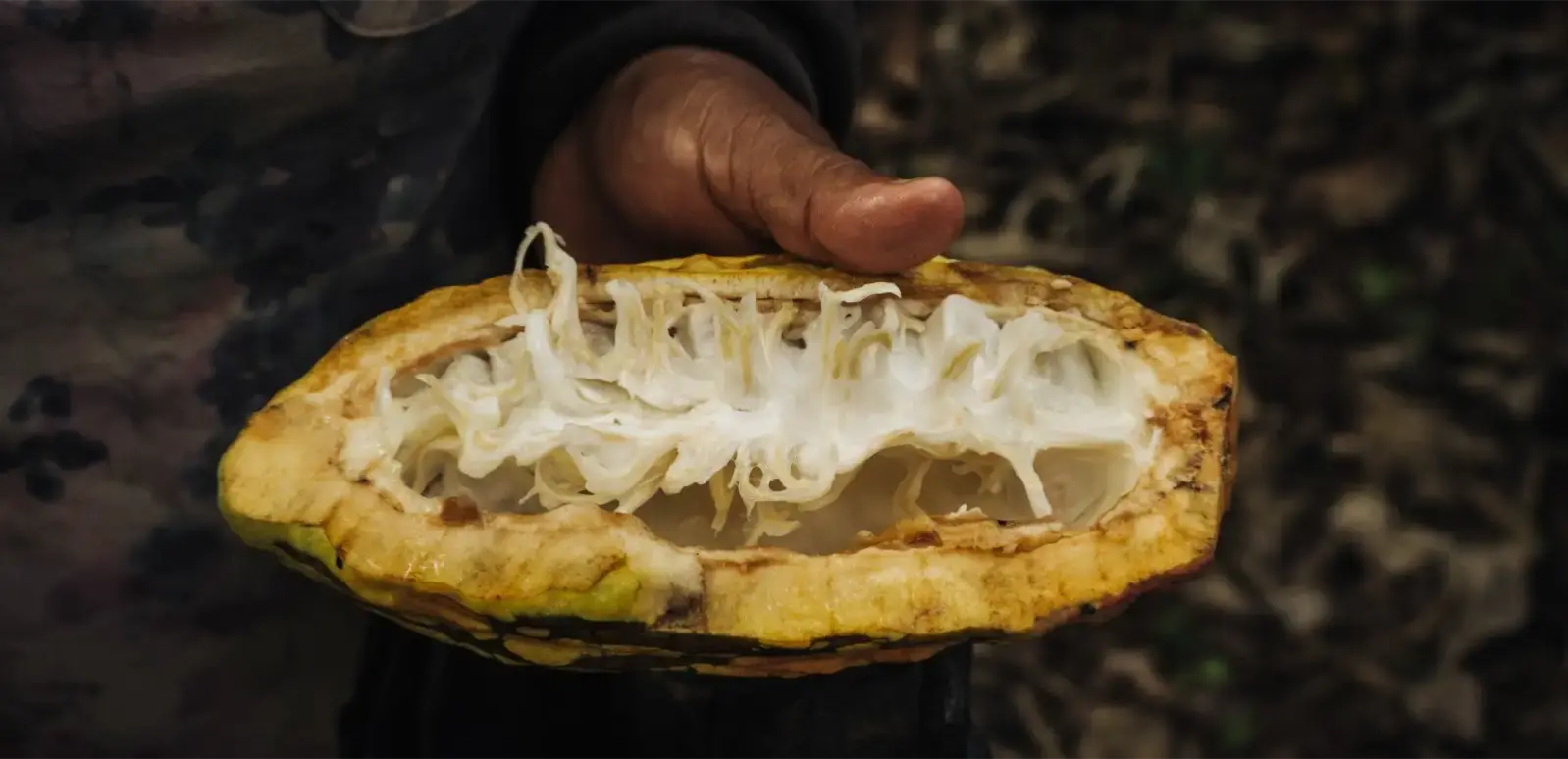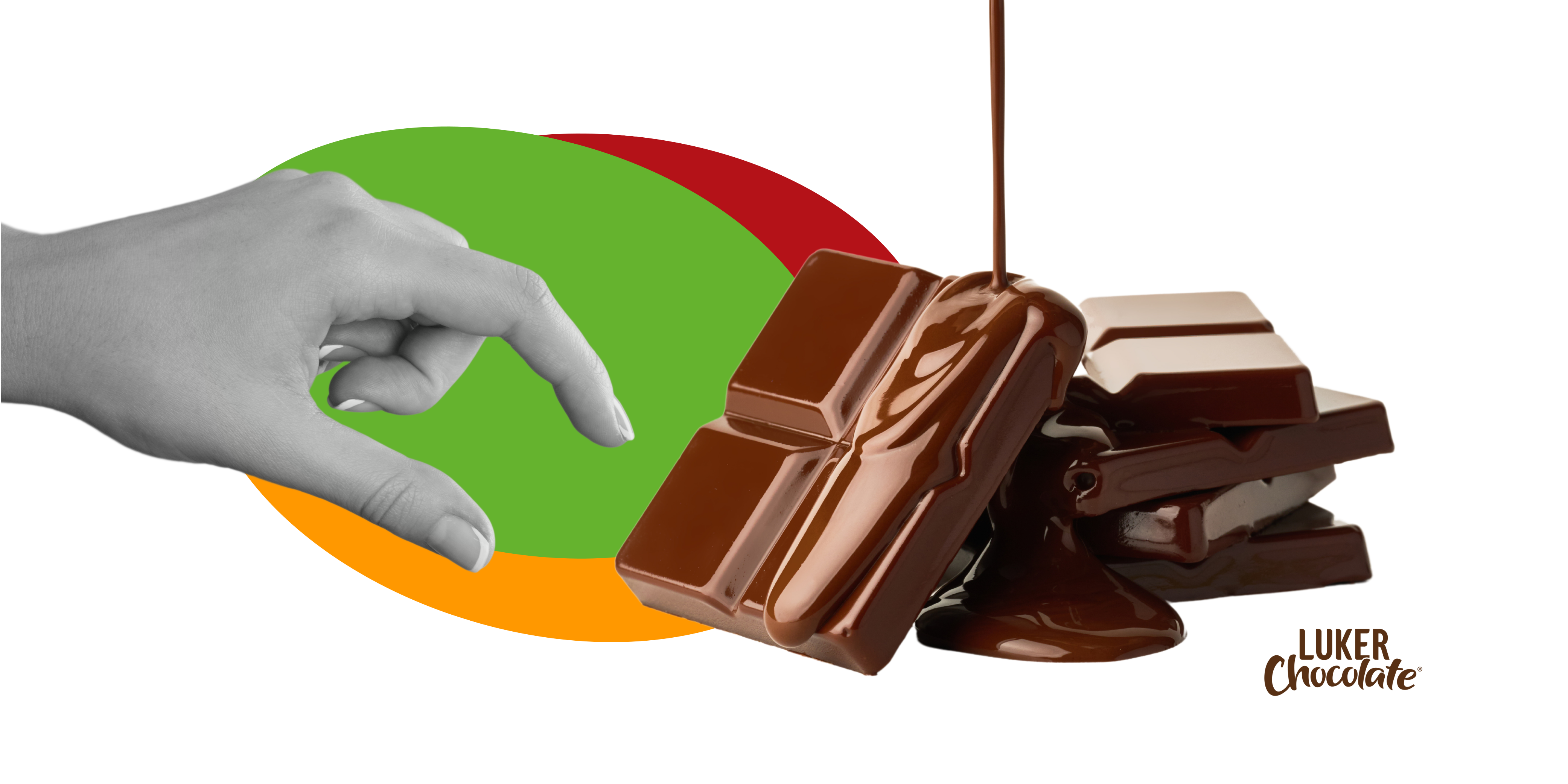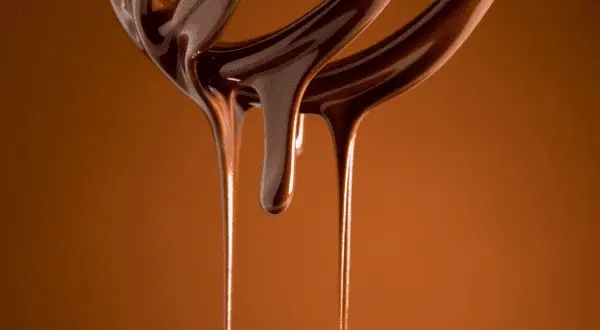Chocolate making is a hard-to-master art.
The main challenge? Selecting the right chocolate for specific creations. Many find this process challenging and energy-consuming, with fluidity playing a critical role, especially in coating applications.
This blog will explore why fluidity is crucial in achieving the perfect chocolate coating and how to choose the ideal couverture for your creation. From thickness and texture to the overall quality of the final product, understanding fluidity is key for all chocolatiers to ensure their creations taste delicious and look professionally finished.
Chocolate is one of the products with most applications in the food industry, and when it comes to selecting the perfect chocolate couverture for coating, understanding the implications of fluidity is necessary.

Navigate this menu or keep on reading to discover:
What is fluidity in chocolate?
The cocoa butter content determines fluidity; it directly affects the texture, appearance, and handling of the chocolate in various applications.
This means a chocolate with higher cocoa butter percentage will have higher fluidity. Having variable fluidity makes chocolate types more suitable for specific applications, but how can you choose the perfect couverture for your creation? We will expand on this in the sections below.
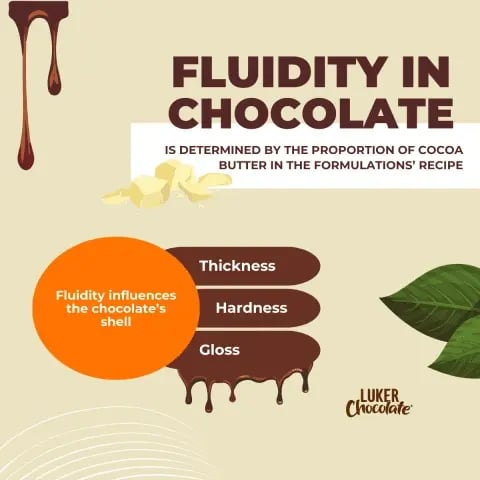
Why is fluidity important for chocolate coating?
Like the flavor, cocoa content, and many other rheological factors of chocolate, fluidity influences the final result of your creation, both aesthetically and in terms of taste.
Knowing the fluidity of the chocolate formulation you will be working with will allow you to control variables such as the texture, gloss, and snap.
That being said, you do have to consider more factors than just fluidity for a perfect match. Check the flavor profile and origin of the chocolate couverture and pair it with contrasting or complimentary flavors that drive consumers into an otherworldly experience.
Take a look at the hottest flavors in chocolate confectionery in 2023
A guide to choosing the best coating chocolate
Coating is one of the many applications of chocolate; when using chocolate for coating, the desired outcome will always be a great match between the chocolate and the other ingredients, an outstanding texture combination, and the visual presentation of the product.
Coating itself can be done through different techniques, and said techniques are also dependent on fluidity. Coating can be done through:
- Enrobing: This involves covering confections such as candies, fruits, or cookies with chocolate. An enrobing machine provides a uniform coating, or a dipping fork can be used for a more hands-on approach.
- Dipping: Items like strawberries, marshmallows, or pretzels are fully immersed in melted chocolate. Dipping forks or skewers help achieve a smooth and even coating.
- Molding: Chocolate is poured into molds to create various shapes like bars or figurines. Chocolate molds are essential, and a spatula or scraper helps to spread and remove excess chocolate.
- Spraying: A fine mist of chocolate is sprayed onto a surface, often used for a velvety texture on cakes or desserts. A specialized chocolate spray gun is used for this technique.
- Glazing: A glossy chocolate glaze is applied over cakes or pastries. Tools like a spatula, pastry brush, or pouring jug spread the glaze evenly.
- Shell-Molding: This is to create a chocolate shell in a mold before filling it with another ingredient like cream or ganache. Chocolate molds are filled and emptied to leave a thin shell using tools like a spoon or pouring jug.
- Some other applications include drizzling, bottoming, spinning, and garnishing.
Each application utilizes chocolate's fluidity differently to achieve various textures, appearances, and flavor profiles in the final product.
Having softer centers or fillings means a higher fluidity might be necessary to provide a better end product. Using an enrobing machine to coat fruits means a lower fluidity chocolate can be used, as several coats of chocolate will be applied to obtain the perfect dragée.
Although a wide range, fluidity in chocolate can be looked at mainly as high fluidity chocolate and low:

High Fluidity Chocolate: For thin, glossy coatings, chocolate with higher fluidity due to increased cocoa butter creates a refined, crunchy texture upon setting. This type of couverture is excellent for intricate molds as it contracts more during cooling, allowing for easy release and a pristine finish.
Low Fluidity Chocolate: A lower fluidity couverture is recommended for larger, more substantial chocolate pieces. With less cocoa butter, it forms a thicker, less shiny shell, perfect for single-layer molds. This choice simplifies the process, particularly when creating large chocolate figures or substantial pieces.
How do we know the fluidity of the chocolate couverture for an ideal coating?
Recognizing the need for precision in chocolate selection, premium brands provide a range of fluidity in chocolate products, each suited to specific applications.
For instance, at Luker, we use a drop system in the product description and packaging to indicate how fluid the couverture, which enables professionals to choose with confidence:

As you can see in the diagram above, most of our couvertures have a 3-drop fluidity, making them suitable for a wide range of applications and coating techniques. However, as your business grows, you might encounter limitations in production capacity.
This is where Luker comes in. Not only can we adjust the cocoa butter content to match your dream creation without altering the couverture's taste, but we also offer the capability to scale up your production.
Our priority is to provide a personalized experience in product development, guiding you every step of the way as your creations evolve and your needs expand. We're here to ensure your growth is supported by a reliable supply and expert collaboration, helping you achieve your vision without compromise.
I chose the couverture, now what?
The critical factors beyond chocolate fluidity: tempering and equipment
After checking for a couverture with the ideal sensory profile and fluidity for your project, you finally have it in your hands. There are still some factors to consider for a perfect outcome such as tempering and implementing a new couverture with the equipment you already have.
Tempering
Tempering is the crucial process to unlocking the true potential of your chocolate. It's not just about melting; it's about carefully controlling the temperature to manipulate the cocoa butter crystals. The intricate dance of heating and cooling results in a chocolate that's not only glossy and crisp but also stable at room temperature.
Equipment
Then comes the challenge of integrating new couverture into your current machinery. Each type of chocolate behaves differently, and understanding how your new couverture interacts with your equipment is crucial. It might require adjustments in temperature settings, flow rates, or even the timing of processes. This is where, if needed, your craftmanship and our team's technical know-how blend, ensuring that your equipment becomes an extension of your chocolate artistry.
Mastering tempering and equipment adjustments will add to your choice of fluidity. Remember, these finer details distinguish an exceptional final product in the world of chocolate making.
Indeed, understanding the role of fluidity in chocolate coating applications is an aspect of chocolate craftsmanship you must pay attention to. From the initial selection of the right couverture with the ideal sensory profile and fluidity to mastering the techniques of tempering and equipment integration, each step is crucial in shaping the final product.
Other topics you might find interesting:


